Subscription-based business models have reshaped modern commerce over the past decade, but until recently, they were largely confined to digital services and SaaS platforms. Fast forward to 2025, and we’re seeing a massive shift: traditional industries—like automotive, home goods, manufacturing, and even agriculture—are increasingly adopting subscription-based models to meet evolving customer expectations, ensure steady revenue, and stay competitive.
From furniture to farm equipment, the appeal of recurring payments, continuous service, and enhanced customer engagement is proving universal. But why the sudden boom? Let’s explore the drivers, advantages, and real-world examples behind this growing business transformation.
What Is a Subscription-Based Business Model?
At its core, a subscription model provides ongoing access to a product or service in exchange for a recurring fee—typically monthly or annually. This model is rooted in building long-term customer relationships and creating predictable revenue streams.
While once popular in media (think magazines or streaming services), this approach is now being reimagined for everything from cars and clothing to appliances and even groceries.
Why Traditional Industries Are Shifting Toward Subscription Models
1. Changing Consumer Preferences
Modern consumers, especially Millennials and Gen Z, value convenience, flexibility, and access over ownership. This shift from owning to using is accelerating demand for subscription options in everyday goods and services.
- People are less likely to commit to large purchases upfront.
- They want experiences, updates, and personalization.
- Subscriptions make budgeting easier with predictable expenses.
2. Recurring Revenue & Business Stability
A one-time product sale offers short-term revenue, but subscriptions generate predictable, compounding income. This stability appeals to businesses in volatile or seasonal industries.
Recurring revenue:
- Improves cash flow forecasting
- Increases company valuation
- Reduces dependence on one-time transactions
3. Data-Driven Personalization
Subscription models naturally create ongoing customer touchpoints, allowing businesses to gather valuable data on preferences, usage, and habits. This insight drives product innovation and hyper-personalized marketing strategies.
4. Customer Retention & Lifetime Value
The subscription model prioritizes long-term relationships, shifting the focus from acquisition to retention and loyalty. Over time, this leads to higher customer lifetime value (CLV) and stronger brand attachment.
Industries Embracing the Subscription Shift
1. Automotive
Car manufacturers are transitioning from traditional car sales to subscription-based mobility services. Brands like Volvo, Porsche, and Toyota offer flexible car subscriptions that bundle insurance, maintenance, and roadside assistance into a monthly fee.
Why it works:
- Appeals to urban dwellers and younger consumers who don’t want to own cars
- Lets users swap models based on need or lifestyle
- Reduces the hassle of long-term leases or loans
2. Home Goods & Furniture
Companies like IKEA, Feather, and Fernish are redefining how people furnish homes. Rather than buying furniture outright, customers can rent stylish, high-quality items through monthly plans—and return or upgrade them as needed.
Benefits for consumers:
- No upfront costs
- Flexibility for renters or frequent movers
- Option to try before buying
Benefits for companies:
- Longer customer engagement
- Reduced product returns
- Opportunities to upsell and refresh product lines
3. Food & Grocery
Subscription boxes have taken the food industry by storm. From meal kits like HelloFresh to grocery replenishment services and farm-to-door CSA boxes, traditional food businesses are shifting to recurring delivery models.
Trends driving this shift:
- Convenience and time savings
- Personalized dietary plans
- Local and sustainable sourcing
- Supply chain predictability for farmers and food producers
4. Manufacturing & Industrial Equipment
In sectors like construction and agriculture, Equipment-as-a-Service (EaaS) models are transforming how businesses access machinery. Rather than purchasing expensive equipment, companies can now subscribe to usage-based plans that include maintenance, upgrades, and software integrations.
Example:
John Deere is piloting subscription models for precision agriculture tools and smart farming services, combining hardware, software, and analytics.
Advantages:
- Lower upfront costs for clients
- Continuous innovation without full replacement
- Reduced downtime through built-in support
5. Healthcare & Wellness
Pharmaceuticals, diagnostics, and wellness providers are adopting subscriptions to deliver ongoing care. Companies like One Medical, Hims & Hers, and Roman offer recurring prescriptions, health monitoring, and telemedicine.
Key drivers:
- Convenience of home delivery
- Predictable refill schedules
- Personalized treatment plans
Benefits of Subscription Models for Traditional Businesses
1. Predictable Revenue Streams
Subscriptions reduce reliance on seasonal spikes or one-time purchases, giving businesses reliable income throughout the year.
2. Stronger Customer Relationships
Ongoing subscriptions create consistent engagement, helping brands become a regular part of customers’ lives—fostering loyalty and advocacy.
3. Scalability and Expansion
Once infrastructure is in place, scaling subscription services is easier than scaling physical retail. You can upsell, cross-sell, or expand geographically with lower risk.
4. Better Inventory Management
Subscription models improve supply chain forecasting, helping companies reduce waste and align production with demand.
5. Sustainability and Circular Economy
Many subscription businesses enable reuse, repair, and recycling, aligning with eco-conscious consumer values. Furniture and clothing rentals, for example, promote sustainability by reducing unnecessary production.
Challenges and Considerations
Despite their benefits, subscription models aren’t without hurdles—especially in industries used to transactional sales.
1. Customer Churn
While subscriptions promote retention, they also create a new risk: easy cancellation. If the experience doesn’t remain valuable, users will leave.
2. Logistics & Fulfillment
Delivering consistent value on a monthly basis requires reliable logistics and inventory systems, especially for physical goods.
3. Pricing Complexity
Setting the right subscription price is tricky. It must reflect value while covering long-term service and support costs.
4. Regulatory Hurdles
In sectors like healthcare, insurance, or automotive, subscription billing must comply with evolving laws and consumer protection policies.
Future Outlook: What’s Next for Subscriptions?
By 2030, analysts expect over 75% of consumer brands to offer some form of subscription service. As traditional industries continue to innovate, we’ll likely see:
- Hybrid ownership models (e.g., partial purchase with subscription features)
- AI-powered personalization for ultra-custom plans
- Sustainability-linked pricing, where eco-friendly choices reduce subscription costs
- Enterprise subscription models for B2B partnerships in manufacturing and logistics
Conclusion: Rethinking Ownership in the Age of Access
The rise of subscription-based business models in traditional industries signals a profound shift—from ownership to access, from transactions to relationships. As consumer expectations evolve, businesses that adapt to this new normal will unlock greater revenue stability, customer loyalty, and long-term growth.
For companies ready to make the leap, the subscription model isn’t just a pricing strategy—it’s a transformation in how value is delivered, sustained, and scaled.

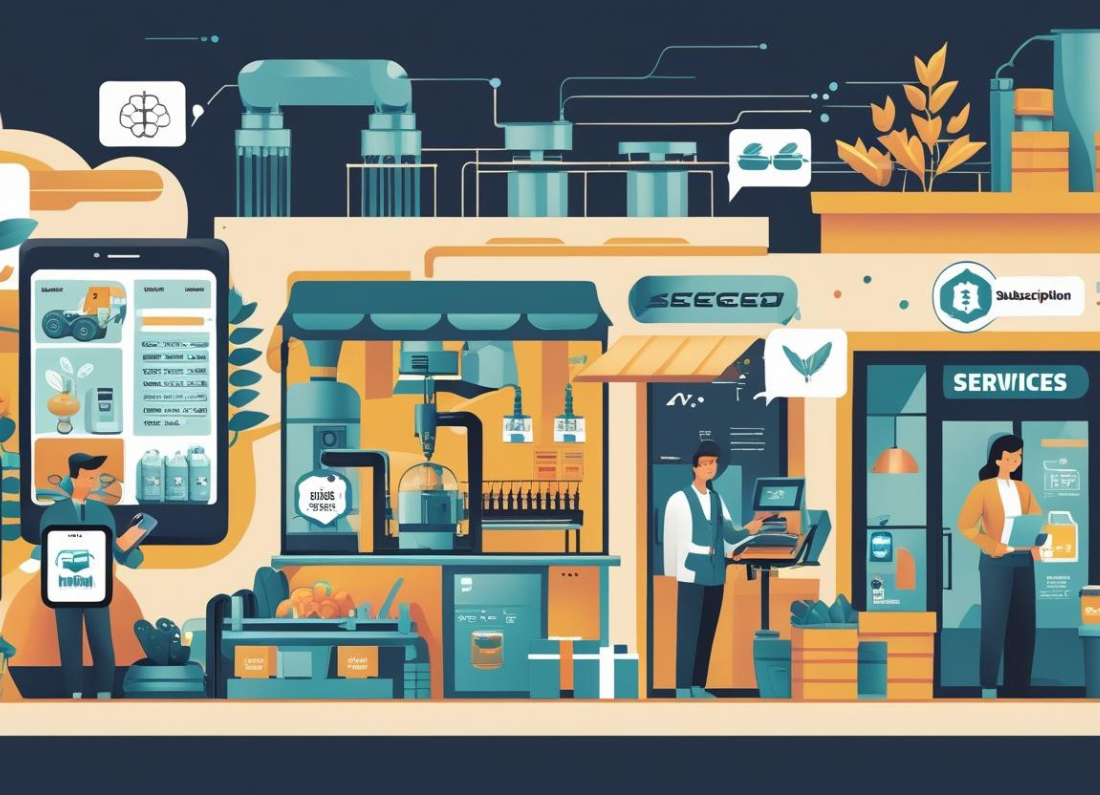

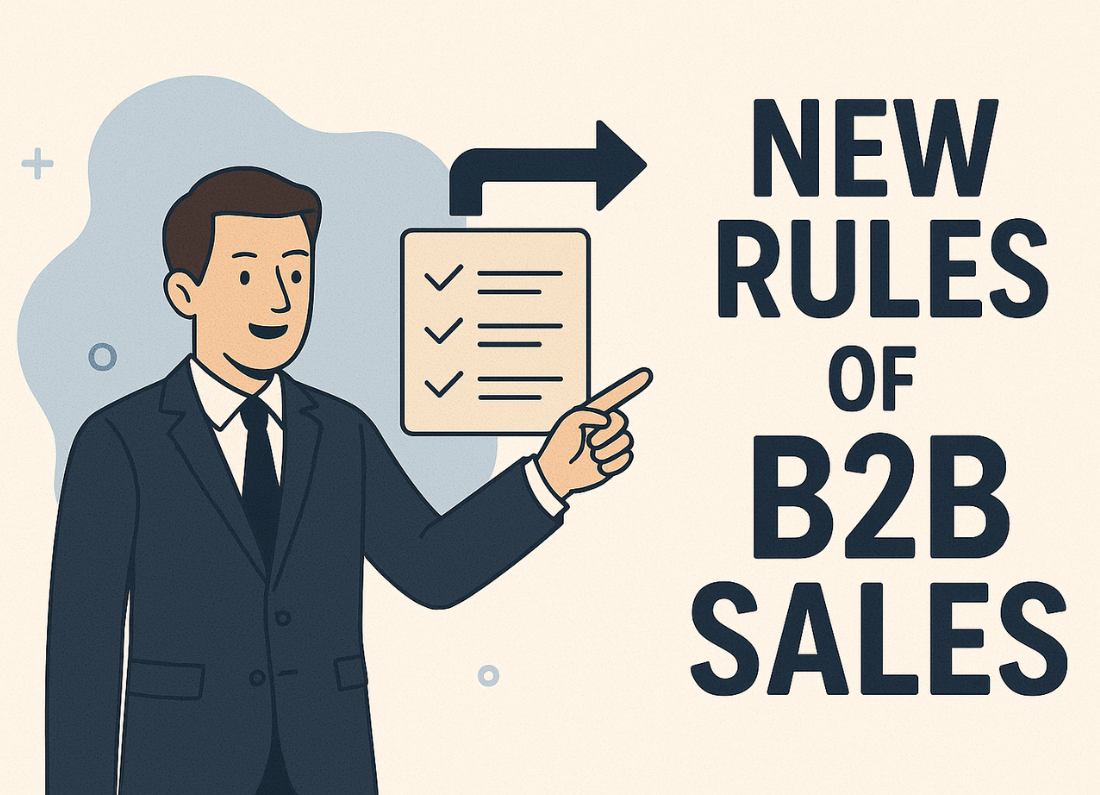
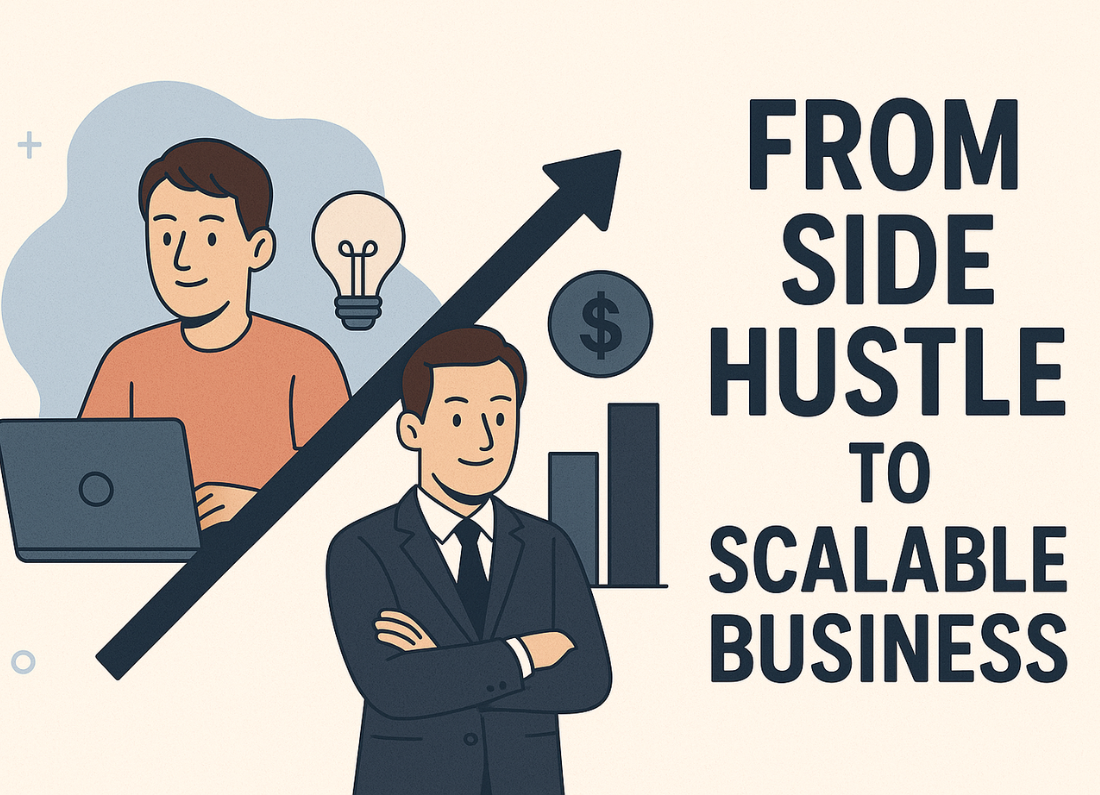
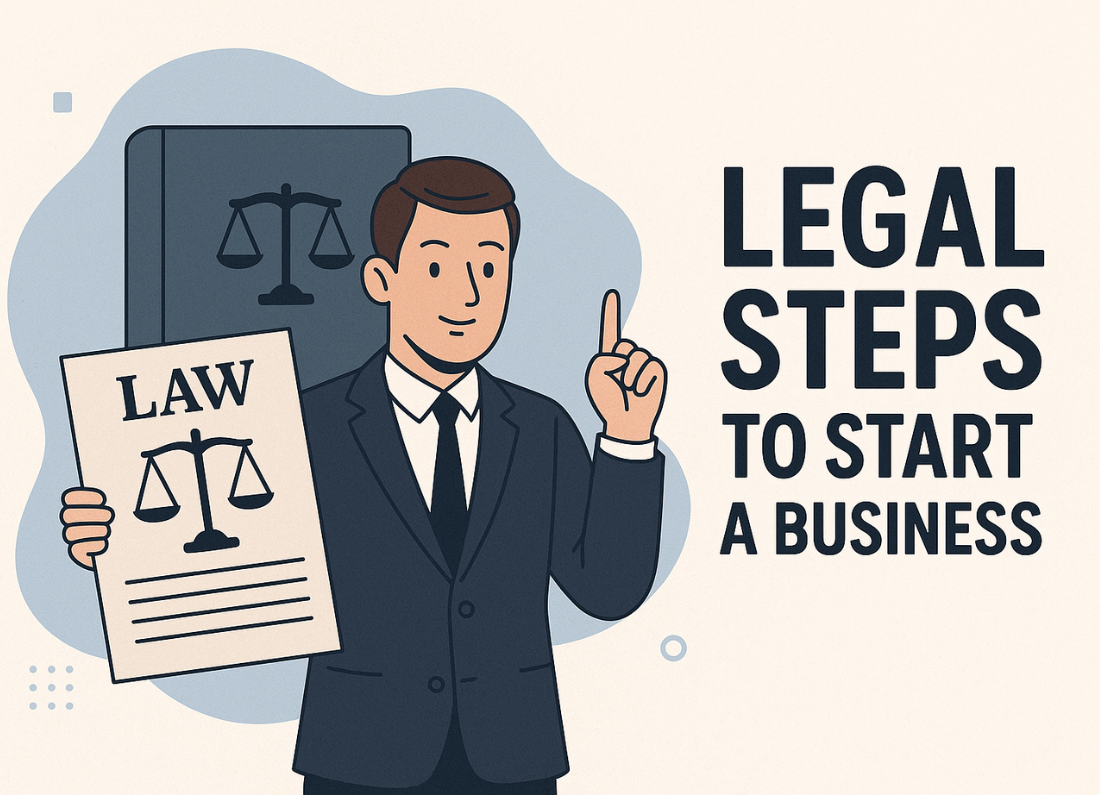

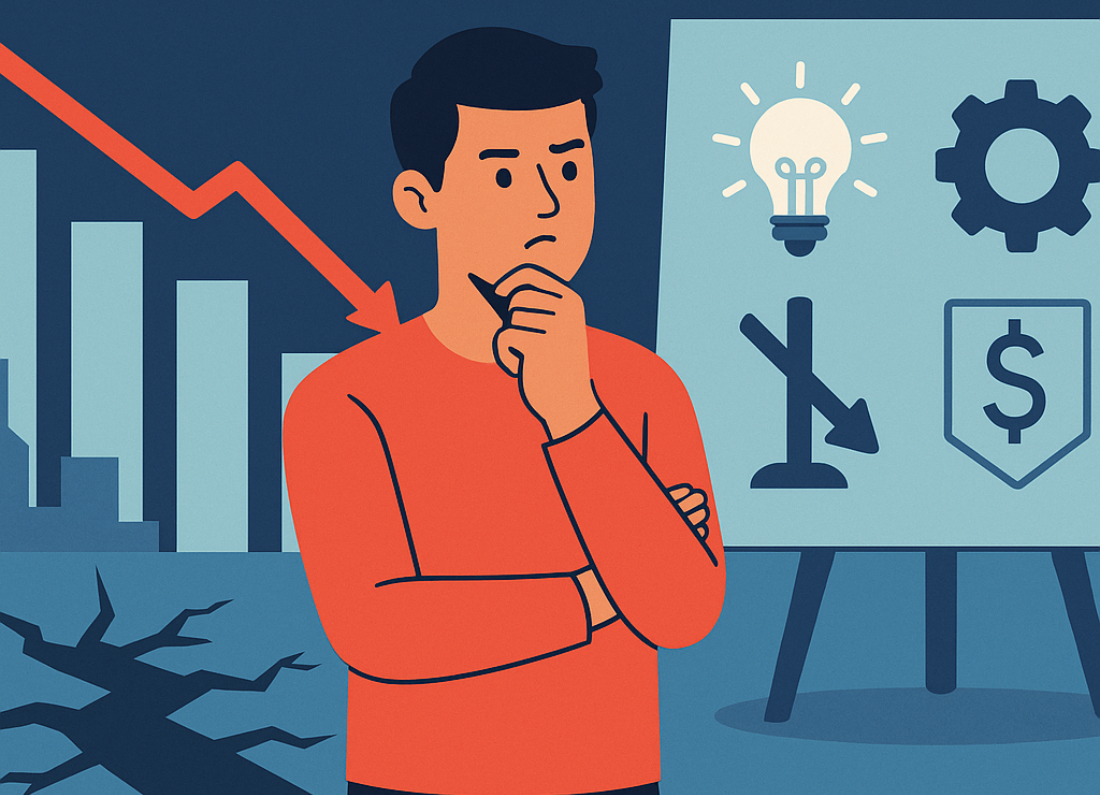







Leave a Reply